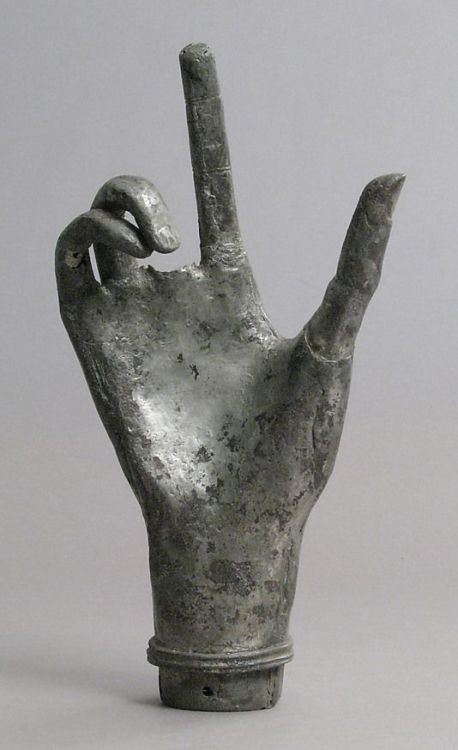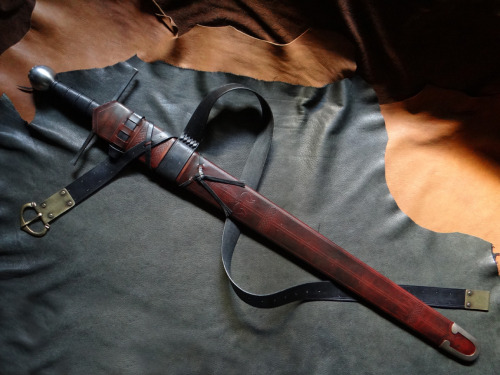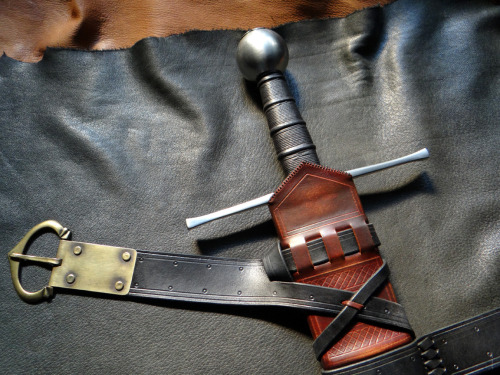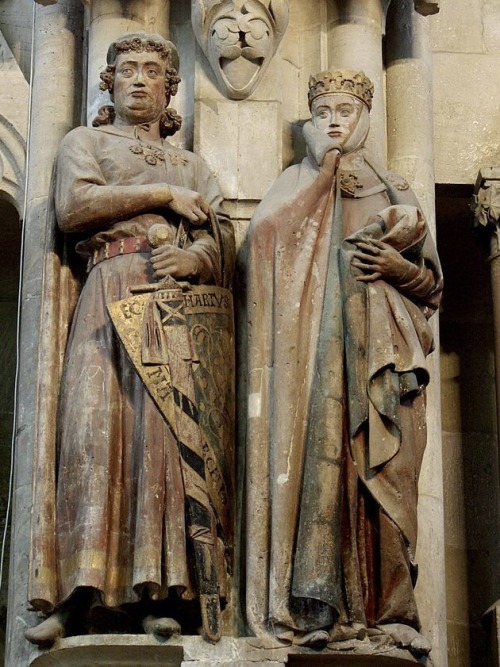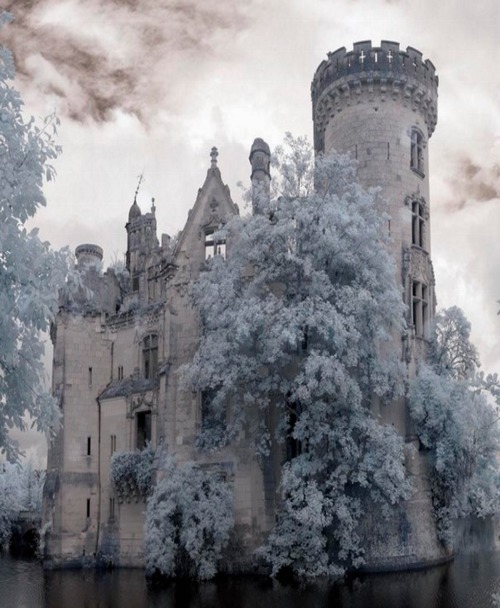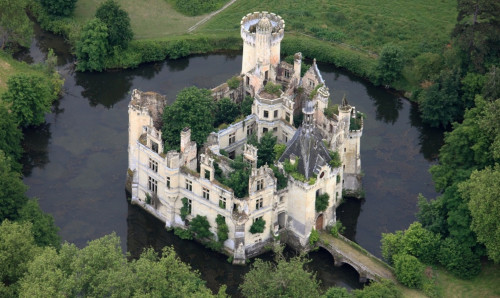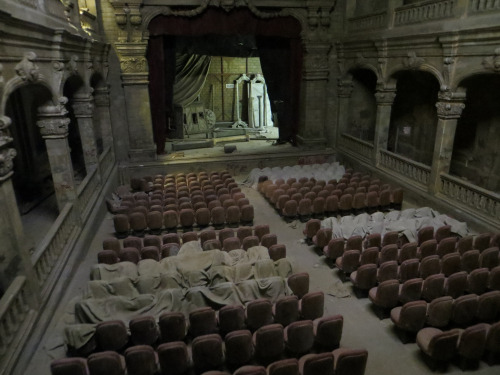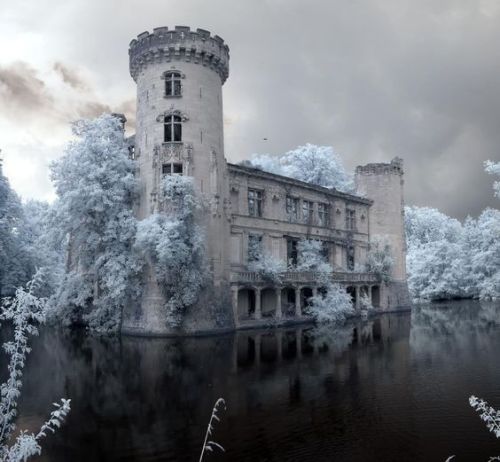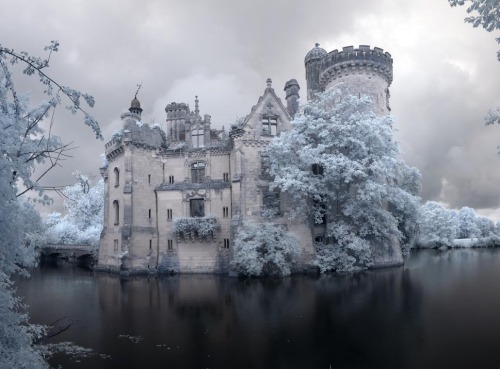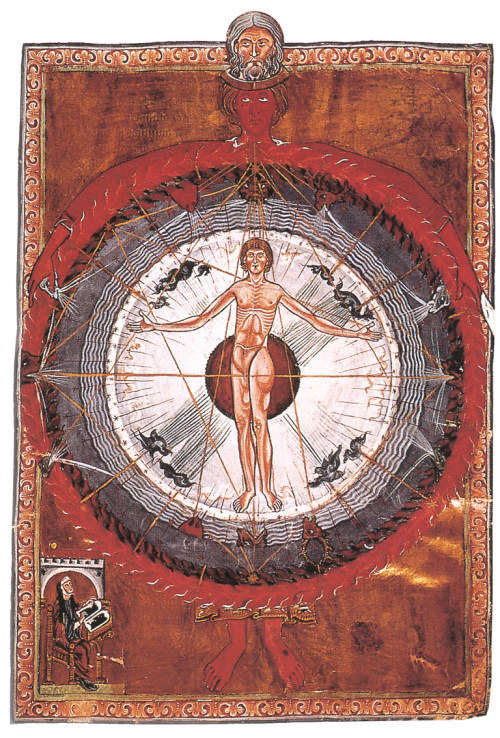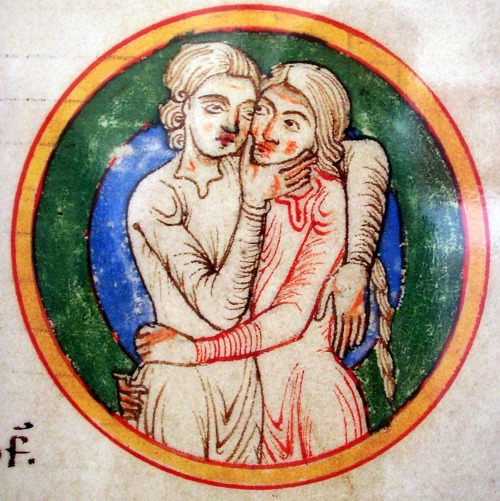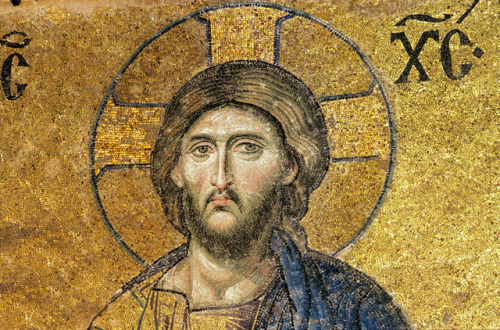#13th century
Post link


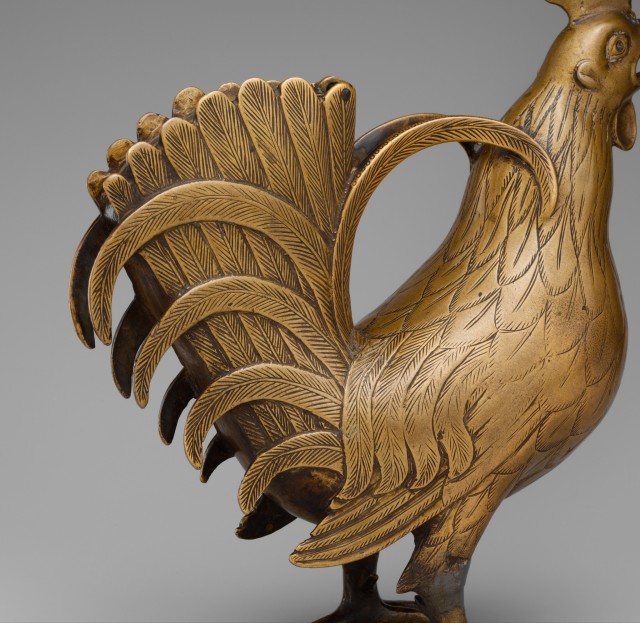
~ Aquamanile in the Form of a Rooster.
Date: 13th century
Place of origin: Lower Saxony, Germany
Medium: Copper alloy
Presenting my latest scabbard commission for the Albion Tritonia sword. Colored with a black harness, and a dark brown scabbard. This one is mildly aged to give it a distinguished campaign aesthetic, straight from the late 13th century.
Post link
Uta von Ballenstedt
Margravine of Meissen
Born c. 1000 — Died pre-1046
Uta was a member of the House of Ascania. Through her marriage to Margrave Eckard II, she was the Margravine of Meissen in Saxony, eastern Germany.
Presumably to promote the rise of the Ascanian dynasty, Uta’s father married her to Eckard II in about 1026. However, the marriage produced no children, resulting in the extinction of the Ekkeharding dynasty.
The couple contributed a significant amount to construct what would become the Naumburg Cathedral of St. Peter and St. Paul.
When the Cathedral was completed in the mid-13th century, the presiding bishop honoured the founders, Ekkehard, Uta and 10 other nobles by commissioning the anonymous ‘Naumburg Master’ to produce life-size painted statues of them to adorn the cathedral. The sculptures are remarkable as secular rather than biblical decorations for the cathedral, particularly as they depict nobles rather than kings or emperors. The depictions are now generally considered masterpieces of Gothic art.
In the 20th century, the statue of Uta was used by the Nazi’s as a prototype of the ideal Aryan woman, even appearing as an Aryan role model in Fritz Hippler’s propaganda film The Eternal Jew.
It is also believed that the statue inspired the depiction of the Evil Queen in Disney’s 1937 film Snow White and the Seven Dwarfs. You be the judge!
NB: the dates from when her image was used to depict a ‘Teutonic Madonna’ in various Nazi propaganda makes me wonder if that was why her likeness was used to represent an evil character in the Disney film. Just a thought!Post link

Snippets from the introduction of a recent essay I wrote on women and gender in the crusades:
Besieged in Jerusalem in 1187, Margaret of Beverly proved herself an active participant in the crusades by patrolling the walls, describing herself as ‘a fierce warrior woman’.
Crusading was unmistakably gendered with socially constructed, rather than biologically determined, masculine and feminine roles. Participation was geared towards men, narratives favoured male exploits and contemporary gender constructs dictated women should merely support and encourage the masculine pursuit of warfare.
Despite being discouraged and marginalised, many women joined the crusade as pilgrims and camp followers where they provided services such as moral support, menial labour, cookery and prostitution. They assisted with siege warfare, defence and the provision of supplies to frontline fighters. In emergencies, noblewomen took leadership roles and lay women likely took part in direct combat. Those left at home took on the challenging burden of managing families, estates and businesses to facilitate the absence of male relatives.
Women within the army and crusader settlements faced a myriad of grave dangers including starvation, captivity, rape, family separation, injury and death.
The contribution of women to crusading was significant and varied, but the tendency to define a ‘crusader’ only as a direct combatant has led some historians to suggest only women who fought could be considered crusaders. As the crusades were a spiritual and societal movement as well as a military enterprise, I argue it is more appropriate to define a crusader as a participant. It is oversimplified to ignore the vast contribution of women who, like their male counterparts, took vows and committed to the Christianisation of the east at great personal risk. Therefore, I argue women should be called crusaders for their dedication, courage and sacrifices for the crusade effort.
Image is of Melisende of Jerusalem



Some interesting tidbits on the penalties for cross-cultural sex in 13th century Spain from ‘The Crusades: A Reader’, edited by S.J. Allen and Emilie Amt.


Isabella of Angoulême
Queen consort of England and Countess of Angoulême
Born c. 1186/c. 1188 - died 1246
Claim to fame: a feisty young queen who defied the English monarchy and rebelled against the French.
At the age of 12 or 14, Isabella became the second wife of 34 year old King John of England in 1200. Though young, she was already a renowned beauty with blonde hair and blue eyes. It was reported by his critics that John was so infatuated with her that he neglected his duties as king to stay in bed with her. She became the Countess of Angoulême in her own right in 1202. She had five children with John, including his heir Henry III. She oversaw the coronation of Henry after John’s death in 1216 but left her son and returned to France a year later although he was just nine years old.
In 1220 Isabella married Hugh X of Lusignan, Count of La Marche. Interestingly, she had been betrothed to his father prior to her marriage to John and Hugh X was engaged to her daughter, Joan, but decided he preferred Isabella who was still still a beautiful woman of around 30 years old. She married without the consent of Henry III’s council which lead to a stoush whereby her dower lands were confiscated and she threatened to prevent the marriage of her daughter to the King of Scots. Her son tried to have her excommunicated but eventually came to terms. She had a further nine children with Hugh.
Apparently disgruntled with her lower status as countess, she took great offence to being publicly snubbed by the French Queen Dowager, Blanche of Castile, whom she already hated due to her support of the French invasion of England in 1216. In retaliation, Isabella reportedly conspired with other disgruntled nobles to form an English-backed confederacy against the French King Louis IX. By 1244 the confederacy had failed but Isabella was implicated in an attempt to poison Louis. To avoid arrest she fled to Fontevraud Abbey where she died two years later.
The first image is of her effigy at Fontevraud Abbey. The second is her seal, presumably designed before she had fourteen children…
Le Château de la Mothe-Chandeniers
https://en.wikipedia.org/wiki/Ch%C3%A2teau_de_la_Mothe-Chandeniers
Post link
Le Château de la Mothe-Chandeniers
The stronghold dates to the thirteenth century and was originally called Motte Bauçay (or Baussay). The castle is a former stronghold of the Bauçay family, lords of Loudun. The Motte Baussay was taken several times by the English during the Hundred Years’ War[1] and devastated during the French Revolution.
It was bought in 1809 by François Hennecart, a wealthy businessman. In 1857, it was sold to Baron Joseph Lejeune. In 1932, a major fire destroyed most of the buildings in the castle.[2]
In December 2017, 18,600 members of an online community raised €1,600,000, by paying at least €50 each, to purchase the castle with the aim of restoring it.[3]
https://en.wikipedia.org/wiki/Ch%C3%A2teau_de_la_Mothe-Chandeniers
Post link

Ophelia (2018) dir. Claire McCarthy

Ophelia (2018) dir. Claire McCarthy
Whitby Abbey
The impressive and ruinous abbey looms over Whitby, and it is not hard to see how it inspired Bram Stoker’s Dracula. These are the remains of the thirteenth century Benedictine abbey. However, the history of the site stretches much further back than this, including evidence of late Bronze Age settlement.
My own interest is on its Anglian history, of course. The name for the site at that time was Streaneshalch and it is referenced in Bede’s Ecclesiastical History of the English People as the home of Cædmon, our earliest English poet.
Cædmon’s Hymn was one of the first poems I translated when learning Old English. Living in Yorkshire and exploring the north east of England, I’ve had the opportunity to better contextualise some of what I’ve learned of Anglo-Saxon history.
Post link
“Universal Man” illumination from Hildegard von Bingen’s Liber Divinorum Operum, I.2. Lucca, MS 1942, early 13th century.
Post link
Relief of the Betrayal and Arrest of Jesus
1264-88
Limestone with traces of polychromy and gilding
Post link
Shiva Nataraja (Lord of the Dance),Cholabronze
12th c. AD, Chola Dynasty, bronze, 96 x 82.8 x 28.2 cm, originally from Tamil Nadu, National Museum, Janpath, New Delhi
Post link
The Christ Pantocrator, from the Deësis mosaic (circa 1261) - Hagia Sophia, Istanbul, Turkey
Post link

